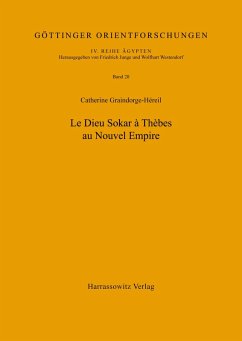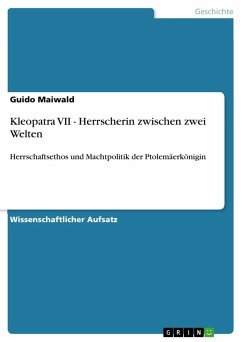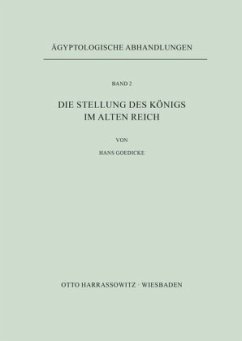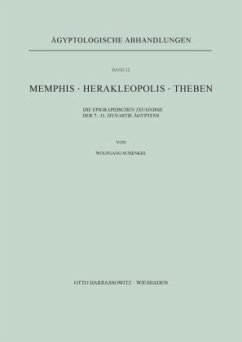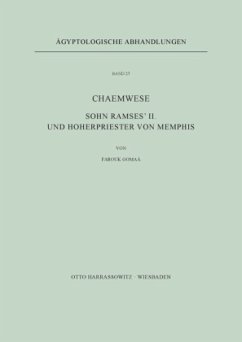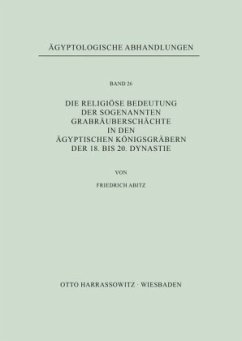Nicht lieferbar
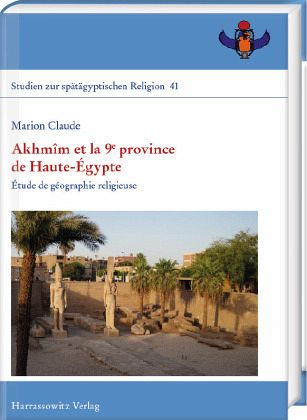
Akhmîm et la 9e province de Haute Égypte
Étude de géographie religieuse
Versandkostenfrei!
Nicht lieferbar
The 9th Upper Egyptian province, with its capital city Akhmîm (also known as Ipu, Khenty-Min, or Panopolis), was a renowned cult center throughout Antiquity yet it has so far been largely neglected, due mostly to circumstances of archaeological discoveries and research. This book, which stems from the author's doctoral research, aims at summarizing, for the first time, the current knowledge about the religious geography of this area and its development from the Old Kingdom to the Roman Period. Starting with a study of the modern physical geography of the province as a frame of reflection for ...
The 9th Upper Egyptian province, with its capital city Akhmîm (also known as Ipu, Khenty-Min, or Panopolis), was a renowned cult center throughout Antiquity yet it has so far been largely neglected, due mostly to circumstances of archaeological discoveries and research. This book, which stems from the author's doctoral research, aims at summarizing, for the first time, the current knowledge about the religious geography of this area and its development from the Old Kingdom to the Roman Period. Starting with a study of the modern physical geography of the province as a frame of reflection for ancient landscape mobility, it moves on with an analysis of the archaeological sites and discoveries of the area. The next two chapters are dedicated to the toponyms attested for the province, and the question of their identification, as well as to the various deities, starting with Min, Horus, Isis or Repyt, who received a cult in these places. Finally, the last chapter proposes a diachronical overview of the development of temples and cults in the area. The whole book is illustrated with many maps and aims at providing an insight into the religious life of provincial cities, in a place rather remote from Egypt's wellknown centers of power, be it Thebes or Memphis.





